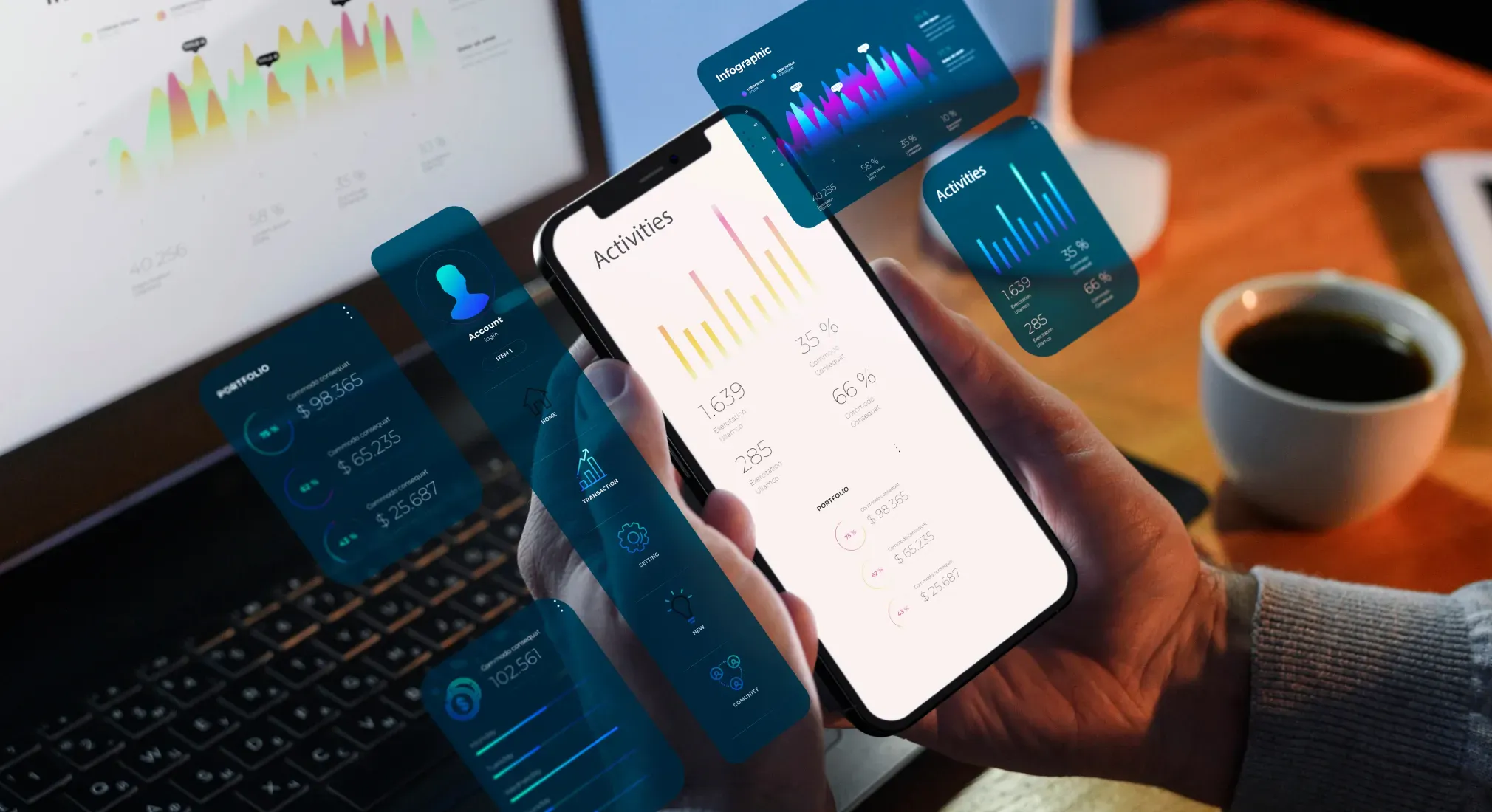Cloud computing has transformed application development, and serverless computing is developing as a major force within this ecosystem. This technique speeds the process by delegating server maintenance to cloud providers, allowing developers to focus entirely on key capabilities.
While the name indicates an absence of servers, serverless computing refers to a development approach where server provisioning and administration become the responsibility of the cloud provider. Developers build code and define triggers (events) that launch code execution. This frees them from the burden of infrastructure upkeep, enabling:
-
Faster development cycles: Focus on core features instead of server management.
-
Improved scalability: Automatic scaling based on traffic variations assures seamless operation.
-
Reduced expenses: Pay only for the resources needed, reducing fixed server costs.
Why Serverless Computing?
With the exponential rise in cloud computing, a growing number of organizations are opting for Serverless solutions. This manner of creating and distributing applications continues to alter the IT sector due to its power to speed development processes, scalability, and efficiency.
Serverless design allows developers to focus on application logic without having to handle the underlying infrastructure. Therefore, they are only responsible for programming functions and trigger events. Meanwhile, cloud service providers are in charge of maintaining the infrastructure, assuring automated scalability and charging only for the resources required.
It is worth emphasizing that serverless does not imply there are no servers involved but rather that by choosing this solution, the team gets rid of the burden of administering and maintaining the infrastructure, leaving that obligation to the service provider.
Serverless Tools supplied by Google Cloud

Google Cloud stands out as a pioneer in serverless solutions, delivering a full set of tools and capabilities for creating and deploying highly scalable online and mobile apps without the requirement of managing servers.
The Google Cloud serverless concept grows servers automatically according to traffic and with a pay-as-you-go strategy:
Cloud Functions: It is a function service that allows you to run code in reaction to events (such as HTTP requests, Pub/Sub alerts, or changes in Cloud Storage). You just pay for the runtime of the code, making it a cost-effective option for short-duration workloads or traffic surges.
Cloud Run: It is a serverless solution that allows you to run containers on an infrastructure controlled by Google. It is comparable to Kubernetes but without the complexities of cluster administration. It also adapts automatically to traffic, paying for the resources utilized. You may also read this: The World Of Advanced Persistent Threats
Additional Google Cloud Serverless Services
-
Cloud Storage: Secure and scalable data storage, working in tandem with Cloud Functions.
-
Cloud SQL: Managed relational database connected simply with Cloud Functions.
-
Cloud Spanner: Globally distributed database for applications with high availability and scalability needs.
Benefits of utilizing Serverless Solutions powered by Google Cloud
Among the primary advantages given by Serverless solutions, we can emphasize the way in which it helps its clients to save money and speed the development of applications.
Google Cloud Serverless clients deploy their apps 95% quicker and cut infrastructure expenditures by 75%. That is why at Making Science, we use and continue to train with the latest technology, therefore taking advantage of the underlying benefits.
The Key Advantages Given By This Technique Include
Development in any language: Developers may develop code in any language or framework, such as Python, Java, JavaScript, Node.
Enhanced Developer Productivity: With this design, the service provider is responsible for the automated scaling, upgrading the operating system, and supplying the infrastructure. This allows the development teams to focus on innovation and not infrastructure, ultimately enhancing the company’s productivity.
Pay-per-use model: Serverless platforms, such as Cloud Run or Cloud Functions grow automatically based on the number of operating instances needed to fulfill incoming requests. So, when there is no traffic, the service automatically shrinks down to zero. Therefore, clients only pay for the resources they are utilizing, unlike servers that are continually operating.
Use visibility: The Serverless Model enables insight into system and use statistics, including user times.
Conclusion
In recent years, there has been a substantial surge in the usage of serverless technology. According to a serverless technology survey by O’Reilly in 2019, over 40% of enterprises have implemented this serverless technology.
Making Science encourages innovation through serverless computing with Google Cloud Platform. This technique streamlines development by outsourcing server maintenance, enabling our team to focus on essential functionality. Leveraging Google’s powerful infrastructure delivers great quality and performance. Furthermore, the pay-per-use model minimizes expenses, supporting sustainable development as Making Science continues at the forefront of technical breakthroughs.




